Cooking with Grace: An Ode to Preserved Peppers & How to Use Them
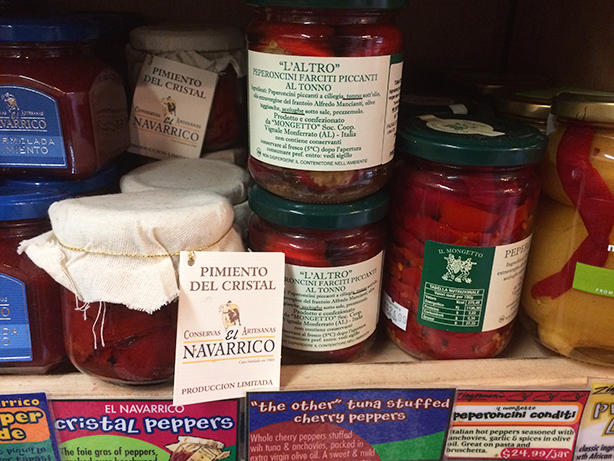
Welcome to Cooking with Grace! This is where Grace Singleton, a managing partner at the Deli, shares her favorite products and delectable home cooking tips with us. This week, she tells us all about why she loves preserved peppers and how to use ’em.
In the middle of winter, the fresh vegetables we get in Michigan are often shipped hundreds if not thousands of miles before they arrive in our local store, and often with much less flavor than what you can get locally in season (prime example: tomatoes taste really bland right now versus the fresh-from-the-garden flavor we get in late summer).
It’s right about now that I most crave the fresh flavors of the summer garden. Thankfully, many vegetables can be preserved for barren times. Peppers, in particular, preserve exceptionally well and are quite a flavorful treat. Most of us are familiar with dried peppers, but there are also many varieties of jarred preserved peppers available.
I recently brought home two different varieties of peppers to liven up my cooking. The more widely known piquillo peppers from northern Spain, as well as the pimiento del cristal pepper—both are grown and processed in the Navarra region of Spain (northern Spain, a large city in this region is Pomplona).
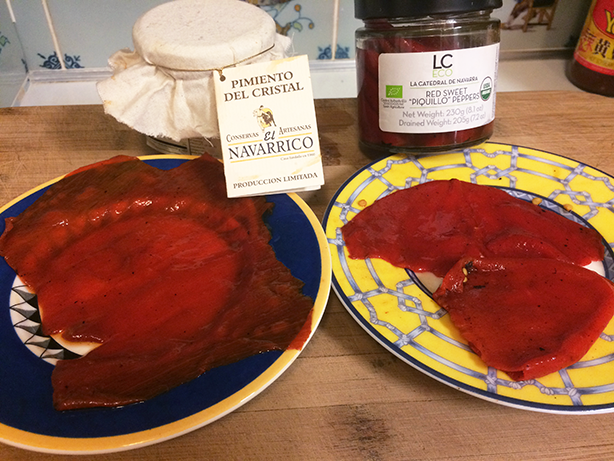
Piquillo peppers are thick meaty peppers that also have a thick skin—they are allowed to fully ripen to a bright red color and then fire roasted. This burns and blackens the skin, allowing it to be removed more easily as well as imparting a slight smoky, charred flavor to the peppers. The seeds and stems are also removed from the peppers before they are sealed whole in glass jars. It’s actually a bit easier to cut the peppers to remove the seed and stem, but leaving them whole allows them to be stuffed if you want to try that.
The LC (La Catedral) piquillo peppers I brought home have a nice firm flesh and are a bit smoky with a little bright acidity, and the small burnt bits of skin give a nice char flavor and a touch of sweet brightness.
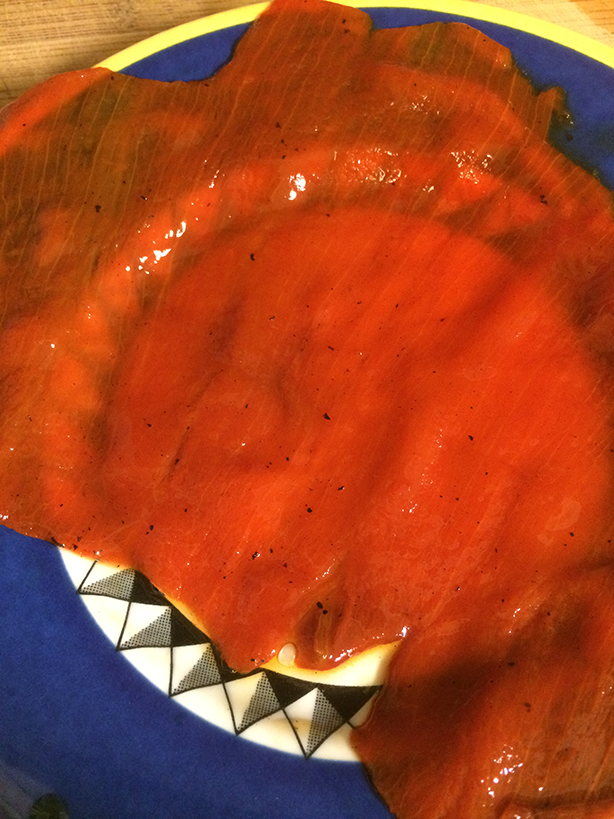
I also brought home the cristal peppers, which Ari really enjoys. These are a much thinner skinned pepper (so thin you can see through the peppers when they are laid out flat) and also a bit more complex in flavor with just a hint of heat. The thinner skin means that they are more delicate and more difficult to fire roast and process while keeping the flesh in tact.
As soon as I opened the jar, I could smell the smoky aroma from these peppers. Although these are thinner skinned, they still have a firm toothsome texture. They are a bit brighter in acidity and have a pleasing amount of bitterness in the flavor. I find these peppers sweeter than the LC piquillo’s, but also much more complex with the bitter vegetal flavors and the smallest bit of heat on the finish.
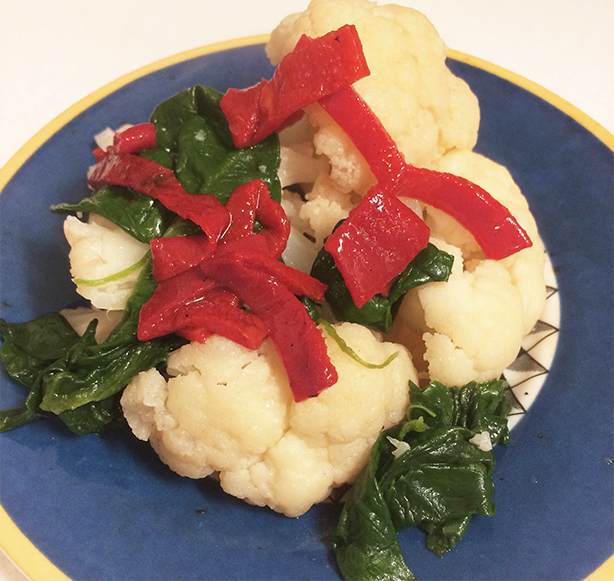
How to eat them:
Either of these peppers can just be eaten as they are, right out of the jar. They’re good on an antipasto tray or used to accent any number of different dishes. Add them to an omelet, layer them on a sandwich instead of tomatoes (much more flavorful this time of year!), or slice them up and lay them over a salad, fish, chicken, or vegetables.
I sauteed onions, and then steamed some cauliflower, added in some local spinach and then put some chopped peppers over the dish right before I served it. The peppers add a beautiful color as well as another layer of flavor to the mix.
We have a few different varieties of preserved peppers at the Deli—several different sweet peppers(piquillos, and cristals), as well as whole and chopped spicy “picante” peppers from Sicily, pipparas (whole small green pickled peppers) from Spain, and chopped spicy pepper condiments. Stop in and taste them to learn what you like, and try out a few new flavor combinations in your own kitchen.

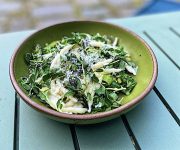

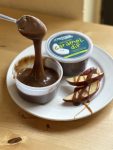
Zingerman’s Art for Sale